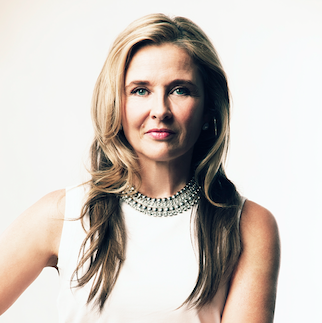By Bobbi Leach, FuturePay

We’ve heard it all before: “brick-and-mortar is dying.” But
retailers are flipping the script on finding value in their physical store
locations. Retailers are working to get the most out of their stores rather
than just closing up shop. In urban settings in particular, where it’s costly
to open and manage full-size locations, retailers are opting for smaller spaces
that offer a more intimate customer experience and significant cost-savings.
Following others like Target and Abercrombie, Sephora is the
latest retailer to begin opening modest, 2,000-square-foot locations — less
than half the size of an average store. Sephora’s new stand-alone locations
will feature more in-house digital components that are optimized for a smaller
physical space.
Not only can smaller stores boost the customer experience, they
also serve as ideal testing grounds for new technologies and services — such as
new payment options or omnichannel offerings. In addition, retailers are using
downsized physical stores to experiment with a wider variety of products before
introducing them to a larger market.
Bigger Isn’t Always Better
Shoppers often turn to e-Commerce for a convenient, personalized
shopping experience that doesn’t require wandering through a store looking for
a specific item. And with a growing number of e-Tailers as well as decreasing
shipping prices, online shopping just makes sense for the modern consumer.
But when customers do choose to leave their houses to shop, it’s
for the benefits they can only receive in-store — which is why brick-and-mortar
retailers have to brand themselves with those unique factors in mind. In
smaller shops, employees can provider higher-quality service, and shoppers
don’t have to worry about the hassle of long checkout lines or an overwhelming
number of aisles.
Reduced brick-and-mortar footprints open the door to more
personalized interactions, which may significantly pay off in the long run: 78% of customers say they have bailed on a transaction because of a
bad customer service experience — making the commitment to meaningful customer
service pivotal, especially in smaller retail environments.
Customer service can be the differentiating factor between larger
retail stores that are diminishing — like Sears, Best Buy and Lowes — and
smaller brick-and-mortar stores and retail pop-ups that are thriving. These
smaller-scale retail areas, which are typically open for a limited time, offer
exclusive access to a retailer’s offerings and can quickly result in more
engaged shoppers and increased online sales. According to The Lion’esque Group, one international foods and goods marketplace increased its e-Commerce
traffic by 300% through pop-up shops.
Despite the popular rhetoric, e-Commerce isn’t killing
brick-and-mortar. It’s simply transforming the way retailers approach their
physical locations. With the ability to increase customer engagement and
showcase a different side of the shopping experience, less spacious stores may
soon become a mainstay in the retail landscape.
Bobbi Leach is the CEO of FuturePay,
an e-Commerce financing solution for the omnichannel shopper. FuturePay’s buy
now, pay later option benefits businesses and consumers alike by offering
shoppers instant credit while shopping online or on mobile devices.






